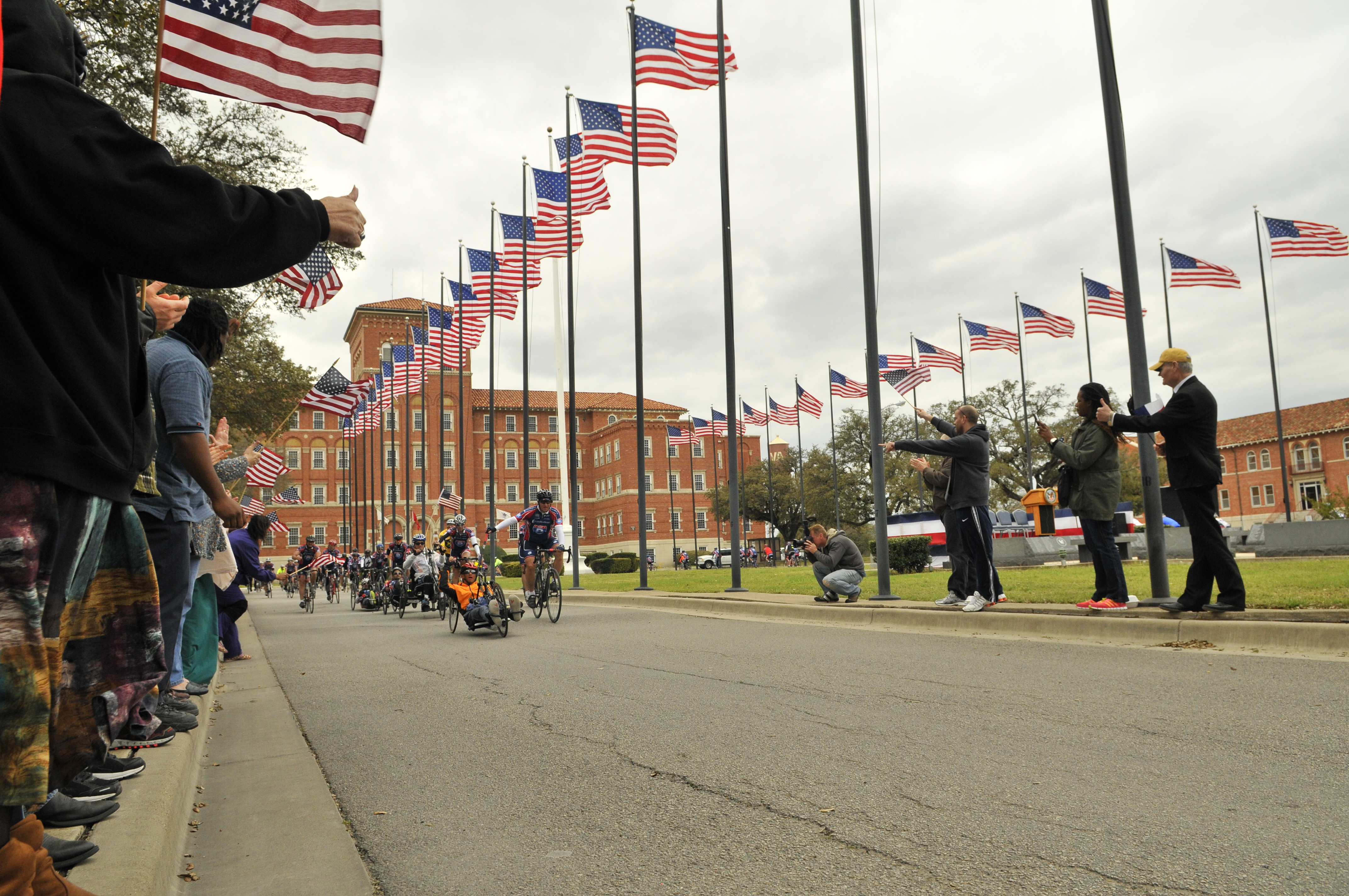November 2015
It’s great to see so many people on social media giving thanks on Veterans Day for the service and sacrifice of strangers and loved ones who served in the military for our protection. And while those accolades are important, it’s also critical that we make sure these brave men and women have access to state-of-the-art technology and treatment to ensure they are reaching the highest level of function possible.
Veterans with traumatic limb loss are learning what it means to return to their work and home lives following an amputation. But they aren’t altering their life goals or downgrading their plans – rather, they are relying on state-of-the-art technology and advancements in patient care to help them reach optimal clinical outcomes, whether it’s running again or attending to activities of daily living.
They are veterans like Travis Mills, a retired U.S. Army staff sergeant and one of five Afghanistan war veterans to survive a quadruple amputation. There’s many words to describe him, but one of the most powerful ones is runner.
Fitted with specially made running blades, Mills can now run more 1 1/2 miles. He plans to do a 5K. In a story for Runner’s World, he describes his first experience on the blades this way:
“I was so excited to get running, I broke one in half one of the first times I put them on. I drove two hours that same day to get it replaced. I wanted to keep at it.”
Mills is an example of a veteran seeking the highest level of function possible – a goal that should be the norm for all people with limb loss.
It’s this “new normal” that offers so many opportunities – for the person with limb loss, but also society. Just getting by isn’t good enough for someone with traumatic limb loss. At the same time, society needs to see a person with limb loss in the same way we see a person with glasses – that is, we notice the person, not the equipment they use.
The new normal is the topic of a recent opinion piece in The News Journal by Dr. Steven J. Stanhope, director of the BADER Consortium. It’s also the subject of the annual meeting of AMSUS, to be held later this month in San Antonio, Tex. AMSUS is a non-government funded organization for federal and international health professionals with more than 8,000 members.
These health professionals will be covering some heavy topics about the new normal, including the psychological health consequences of combat blast exposure, innovative orthopaedic rehabilitation and collaborative approaches to care among the Department of Defense and Department of Veterans Affairs.
The BADER Consortium also is trying to be a part of the new normal. BADER stands for Bridging Advanced Developments for Exceptional Rehabilitation. Our program started in 2011 when BADER was awarded a five-year, $19.7 million grant from the Department of Defense to establish impactful, evidence-based, orthopedic rehabilitation care for soldiers with musculoskeletal injuries to help them return to optimal function in their daily lives.
The Consortium’s partners include government agencies – like the VA and DOD – military treatment facilities, academic institutions and industry leaders. The goal is to support innovative, high-impact and clinically relevant orthopedic rehab research. The work being done by our researchers offers the potential to change care for patients with limb loss – not only through technology advancements but also in quality of life measures.

Cyclists ride 67 miles from Killeen to Waco, Texas during the 2014 Ride 2 Recovery Texas Challenge. As a 501(c)(3) organization, R2R helps injured active duty service members and veterans improve their health and wellness through individual and group cycling.
Veterans Day is a time for reflection and honoring the sacrifice these men and women have made on behalf of their country. But as much as veterans – like Cpl. Todd Nicely, another quadruple amputee – inspire us, they should also serve as a reminder that these men and women deserve nothing less than the opportunity to soar in their new normal.
Optimal outcomes are possible. Just ask Nicely, who is relearning how to drive his car with his prosthetic arms and feet.
“I’m just trying to find something new to do every day,” he said.


